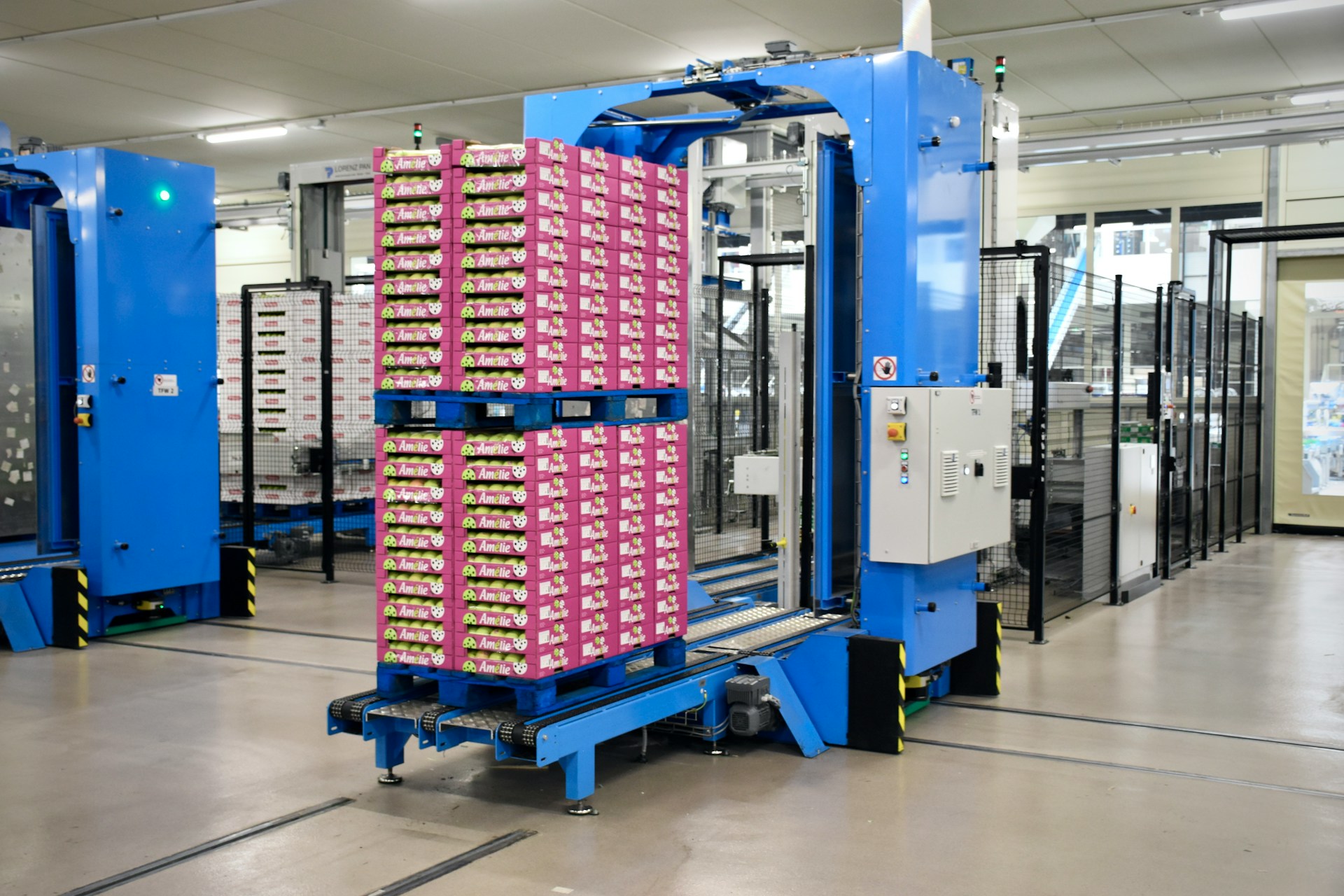Addressing Challenges in Electronics Supply Chains with Network Design Technology
In today’s rapidly evolving electronics and components industry, managing supply chains is more challenging than ever. From sourcing raw materials to delivering finished products, businesses face multiple hurdles that can disrupt operations and hinder growth. However, network design technology has emerged as a valuable tool in optimizing supply chains and overcoming these challenges.
The Growing Complexity of Supply Chains
The electronics industry has been expanding at an unprecedented rate, driven by the rising demand for consumer electronics like smartphones, tablets, and laptops, alongside new technologies such as artificial intelligence, 5G, and the Internet of Things (IoT). As per research projections, the global consumer electronics market is expected to grow by 5.1% annually between 2022 and 2030.
This rapid growth brings complexity, with supply chains now spanning across multiple regions and involving numerous suppliers. Events such as the COVID-19 pandemic and geopolitical tensions have further highlighted the risks associated with a global supply chain, emphasizing the need for diversification to ensure operational continuity.
Challenge 1: Complex Sourcing and Global Logistics
One of the primary issues in the electronics industry is managing the complexity of global sourcing. Companies often source components from various locations, which can lead to logistical challenges and potential disruptions. Recent global events have shown the importance of diversifying supply chains to reduce dependency on specific regions and maintain continuity.
Network design technology can help businesses optimize their supply chains by modeling various scenarios and identifying the most efficient sourcing strategies. With scenario planning, companies can simulate the effects of adding new suppliers or shifting production locations. This enables them to enhance efficiency, lower costs, and mitigate risks effectively.
Challenge 2: Managing Inventory Levels
Disruptions such as the COVID-19 pandemic and geopolitical conflicts can lead to excess stock in some instances or empty shelves in others. Holding too much inventory ties up capital, while stock shortages can lead to lost sales. Additionally, excess inventory can lead to waste, increasing environmental impacts.
Network design tools can quickly identify optimal levels of safety stock, in-transit stock, and cycle stock at various locations within the supply chain. These tools allow businesses to maintain service levels without compromising on efficiency. Scenario modeling ensures that end-to-end network costs, including shipping, are optimized, allowing companies to respond more effectively to changes in demand.
Challenge 3: Short Product Lifecycles
The fast pace of technological innovation in the electronics industry results in shorter product lifecycles. Companies must be able to quickly adapt to changing demand and respond to product discontinuation. This requires flexibility and agility in production processes.
Advanced network design technology enables companies to manage product transitions by evaluating the best ways to flow new and existing products throughout the supply chain. Companies can dynamically adjust to changing demand and optimize operations by consolidating products based on costs and profit margins. The ability to run multiple demand scenarios allows for more informed decision-making as markets evolve.
Challenge 4: Responding to Sudden Disruptions
Sudden disruptions, such as natural disasters or trade restrictions, can derail supply chain planning. The Suez Canal blockage, for example, highlighted the need for rapid scenario modeling to evaluate alternatives and minimize delays in production and delivery.
AI-powered predictive analytics are becoming increasingly important in supply chain management, allowing businesses to proactively respond to potential disruptions. By using advanced technology to forecast vulnerabilities, companies can take preemptive measures to protect their operations and minimize risks. Network design tools provide a comprehensive view of possible scenarios and trade-offs, enabling informed, data-driven decisions.
Challenge 5: Achieving Sustainability Goals
Sustainability has become a critical focus for the electronics industry, as consumers demand environmentally responsible products and stricter regulations come into play. Companies that fail to comply with sustainability standards risk reputational damage and legal consequences.
Network design technology can help businesses meet sustainability goals by identifying ways to reduce waste and optimize transportation networks. Scenario modeling tools enable companies to evaluate the environmental impact of different strategies, from transportation choices to production processes. This helps businesses balance sustainability with cost and service levels, ensuring compliance and reducing their carbon footprint.
Conclusion: The Power of Scenario Modeling in Supply Chains
The electronics and components industry faces significant challenges in managing supply chains, from global complexity and short product lifecycles to inventory management, risk mitigation, and sustainability. However, network design technology offers a solution by providing a platform for unlimited scenario modeling. By evaluating the impacts of different decisions on costs, service levels, and sustainability, companies can make data-driven, non-disputable decisions that optimize their supply chains and ensure business continuity. With this technology, businesses can not only react to disruptions but proactively plan for the future, improving overall efficiency and meeting the demands of a rapidly changing industry.

Leave a Reply